INTRODUCTION
In this concept guide I am talking about my process when creating a deck of flip cards with the intention to help people get inspired about colourful plant foods. The intention of the project is to inform in a positive way without making people
to go to edges, but instead help them explore in the food world by telling them facts about the nutrition of colourful food.
CONTENTS
I II III IV V VI
Introduction
Initial Research In-debt Research Ideation and Prototyping Designing Final Work
2 6 20 28 36 50
INITIAL RESEARCH
The initial research was made in order to get some directions on topics I might have been interested in designing for.
I focused on larger topics and scaled to more specific ones using mood boards. All topics, even though they were global
issues were also directly connected to me, because I believe that would make the design process more personal and the message I want to convey will be stronger.
PLASTIC WASTE
Plastic waste is an enormous issue and something I am really passionate about in my everyday life. Even though I am not zero-waste, I believe that more people should care about the problem and try to make SOME change, because a change is better than no change.
On the mind map, I have covered some of my first brainstorming ideas about the topic. Where it encounters, how plastic is everywhere around us, etc. The convenience in using and producing plastic is what makes it so used, the consequences are horrible.
Research links:
• Plastic Pollution: How Humans are Turning the World into Plastic
• Why I live a zero waste life | Lauren Singer | TEDxTeen
• Zero Waste is not recycling more, but less | Bea Johnson | TEDxMünster

When creating the mood board I tried to capture the difference between the beauty of convenience and the ugly consequence.
The ‘beauty‘ of packaging and how a well-stocked supermarket looks so nice. This nice view ends up in a notso-pretty setting. The same is with coffee capsules and to-go coffee. It is all about convenience but this luxury becomes waste which sickens the planet.
PLASTIC
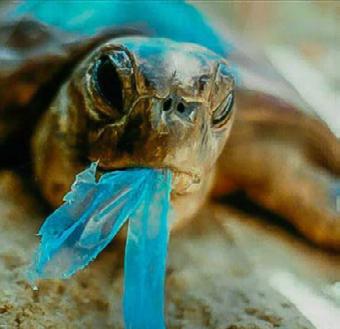
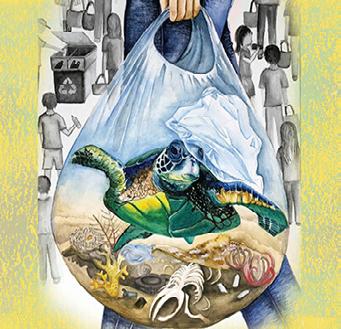



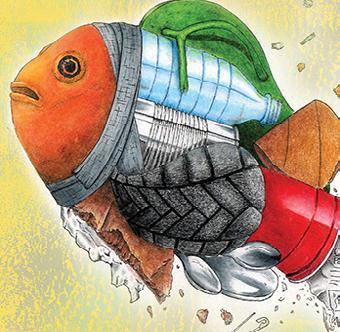


The ugly truth behind our packaging

MENTALITY AND FOOD
Mental health s more and more talked about nowadays. In their busy daily life, a lot of people struggle with food because of their mental state. Wellknown disorders like Anorexia are talked about and we all know the dangers, but there are other disorders (Wanarrexia,
Binge-eating Disorder), which are as bad for the mental health as the others and need to be talked about more.
Self-hate, and feelings of lack of control are really often experienced in the majority of teenagers.

This mood board is capturing the feelings of food disorders caused by stress. The loneliness, and hate. Finding comfort in food at stressful moments feels enlightening (fridge image), but the self-beating is after.
I have chosen grotesque colours to represent the sadness and loneliness, the coldness people like that feel.
MENTALITY AND FOOD
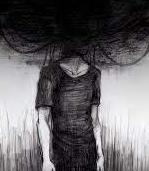

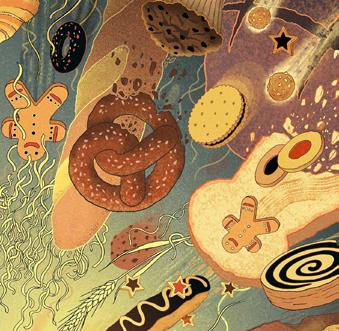

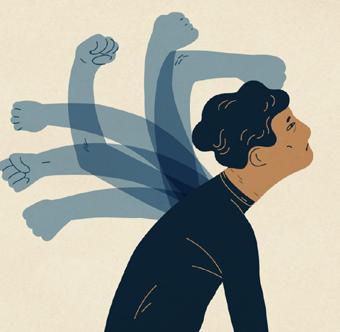
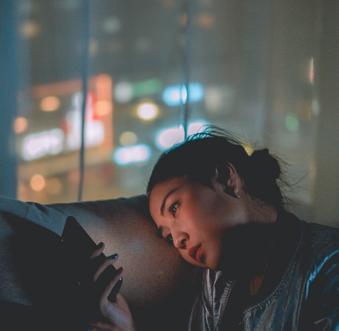
Food as comfort and enemy



FOOD AS A HEAL
Another topic that fascinated me is food as healing. Nowadays vegan eating style has become really popular, and a lot of people change their lives to save animals and the planet. That is great reasoning that needs to be respected. Not that many change their diet because of the health benefits. And they are many positives to eating more plants. Many people are not ready to define themselves as vegans and that is okay. However, as I said SOME change is better than no change. So what if people get inspired to ADD to their diet for THEM and their health? Two years ago I read a book by dr. Greger called ‘How
not to die‘, which informed me a lot about the power that plant wholesome food has on our bodies. By giving me the reasoning behind why certain foods are better nutritionally than others, I was inspired to incorporate more plantbased food into my diet. I am still eating everything but I have added foods to my menu. Diet can help with ageing, slow down or reverse numerous illnesses, give energy and etc. I explored some topics behind food, how people think that the heal happens through medicine but what if there is an easier way? Helpful for both us and the planet.

Differently from the previous mood board, here the colours are bright and cheerful. That is because food that is colourful is not only pretty to look at but also those are the foods that can heal us. I have not included fast food or any unhealthy food, because I am interested in the positive side of eating, I wanted to showcase how beautiful the healthy choices can be, and how all this food can be compared to the medicine we are used to taking from the pharmacy.
FOOD AS A HEAL


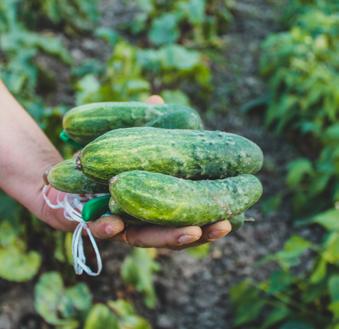

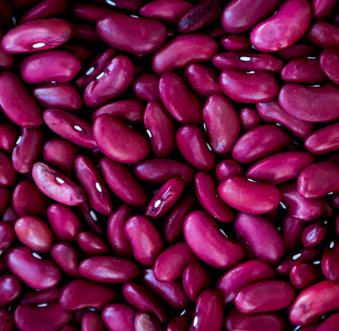
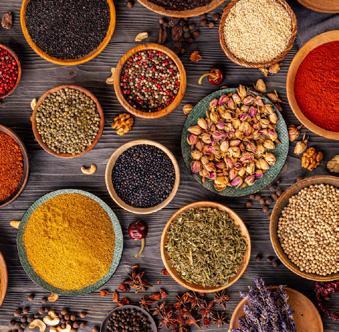
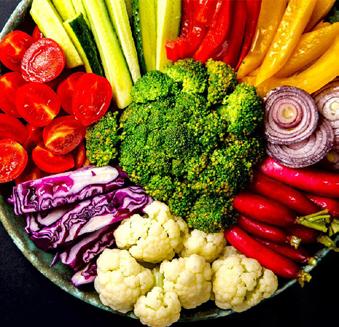


Let food be the medicine and medicine be the food
IN-DEBT RESEARCH
My topic of choice is ‘Food as a heal‘.
I decided on that because I want to inspire people about somehting positive and yet important.
This chapter will be focused on my reflection on the topic, in-debt research and conclusions about the target group and goal of my desing.
GENERAL TOPICS
MOST KILLING DISEASES CAUSES OF DISEASES
One of the most common killers are heart attack, cancer, Type 2 Diabetes and Stroke. We have assumed that with age the chances to get a heart attack or stroke becomes higher, and the high blood pressure is something normal with age. It is inevitable and we should accept that our bodies start failing after 50 years of age. However, this is not the complete truth. Food can really have an effect on our blood pressure. Stoke happens if the arteries become clogged with fat. Spikes in blood sugar can be controlled with specific foods, etc.
By living, our body oxidates all the time, which is important but when we consume too much food that is full of saturated fat, salt, etc, this oxidation becomes excessive, leading to oxidative stress. This stress on the body damages cells leads to ageing and can be the small beginning of many diseases. However, our body wants to be healthy, so if it is let to heal diseases can gradually start reversing. A documentary called ‘Forks over knives‘ shows this reverse effect on people, who have incorporated a plant-based diet.
HOW DOES FOOD HELP?
When fats or oils are heated to high temperatures, as they are with deepfrying, they can become oxidized, creating free radicals. Free radicals are atoms that have a missing oxygen pair and they react with the other atoms in the body and cause harm. Free radicals cannot be prevented BUT by eating some specific foods, free radicals get neutralized. Plant foods have those antioxidants that can neutralize free radicals and let our bodies ‘heal‘.



BENEFITIAL FOOD TOPICS
PLATE METHOD
The plate method is a method of dividing the food into a plate so that there is enough balance in fruits and vegetables, grains, plant fats and proteins. Using the plate method as a way to bring awareness.

EATING THE RAINBOW
If we think about it, fruits and vegetables are really colourful. After some research I understood that actually each colour has its own properties because of the natural component that gives its colour. It is said that ‘you need to eat your rainbow to have your body balanced. The pigments are:

•Red has Lycopene and helps heart and skin.
•Orange/Yellow has Beta-carotene and hels the eyes, mmunity and blood flow. Green have flavanols that prevent vascular diseases. Also, they are high in fibre nd vitamins important for the bones and teeth health. Blue/Purple have Anthocyanin and helps
wiith concentration and memory health.
Delays celluar aging and clots in the blood.
•White/brown has Anthoxanthins that reduce blood pressure. They also have Sulfur that is important for keratin, giving nails, hair and skin their colour.
SUMMARY
From my research, I saw that I am extremely excited about the information I could find about the rainbow of food. I Believe that by focusing on just colour and giving people information about each group I can give some structure without overwhelming them. Giving information about the colour is a wide enough topic to make people inspired to research on my topic themselves and hopefully make some change in their diet no matter how small it would be.
THE POWER OF FOOD: COLOUR OVER BEIGE
TARGET GROUP GOAL
People who make their own food choices (16+)
I am targetting this group because as long as a person can freely make their food choices it is never too eraly or too late toget informed and inspired about colourful food.
Bring awareness to what the effects of colourful food have on the human body, and give reasoning in a positive way and inspire people to learn more. Eating plants can be for you not only for the planet.
IDEATION & PROTOTYPING
In this chapter I would look more into ideating ideas on how to convey my message and inspire people. I would define my final concept and be aware of
what I will need to achieve by the end of the project.
CONCEPT IDEAS
I wanted to work with colourful food so it was logycal that my project ideas focus around trhat.
I focused around showing people what huge variety of foods they can choose from anf help their body.
Considerations I needed to have a bout the designs were:
• Be colourful and frinedly
• Show people the message in positive way
• Do not tell people what lifestyle to have but focus on inspiring with facts.
INTERACTIVE PLATE FLIPPABLE
My first idea was to make an interactable plate to follow the plate method which is often used for measuring what food should be eaten to make a balance. I wanted each group to be like a deck of cards which are still attached to the plate and can be flipped and on each card, there is a different food with nice imagery and a bit of information. This was going far from my rainbow food topic, though.
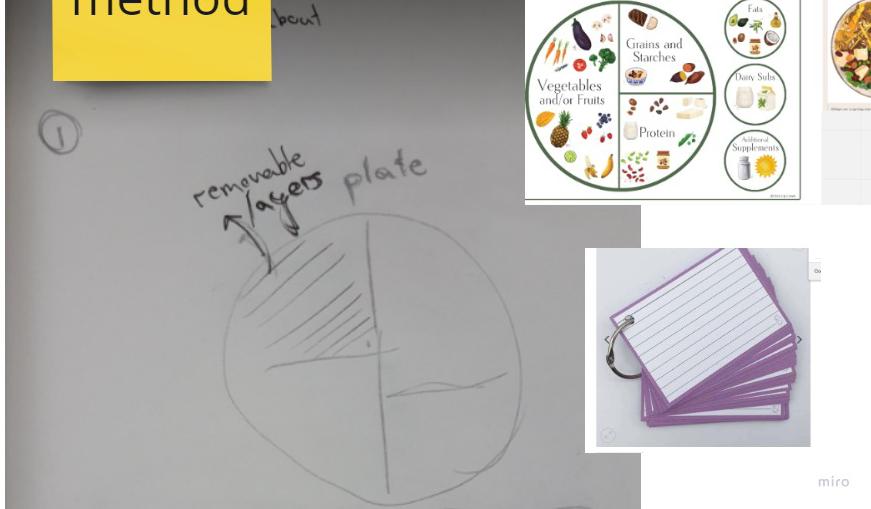
CONCEPT IDEAS
ADJUSTABLE COLOUR WHEELAn adjustable colour wheel which has the intention to show different combinations of foods so people get inspired about what they can eat. The downside is not a lot of information van be given about the groups on such design since it has no extra space.

FAN DECKS/ FLIP CARDS
Third idea was to make a fan deck like a colouring deck which instead of tints of colours has a different coloured food. The tints will be kept to the specific food groups. As fan decks are not easy to make I decided to make a workaround with flip cards and Have some information about the food at the front and some other information at the back.

TESTING AND ADJUSTING
PROTOTYPE TEST
I figured the best option for conveying my message is to use flip cards. I want to give imagery and information in a friendly way, so using a flip card system gives room for my purpose.
I made a paper prototype which I tested while testing me and the tester realized that the idea of a flip card is to have some information ‘secret‘, so instead of giving facts about the foods I can ask questions at the front and give the answer at the back. That adds more interactivity making people have more fun time learning about food.
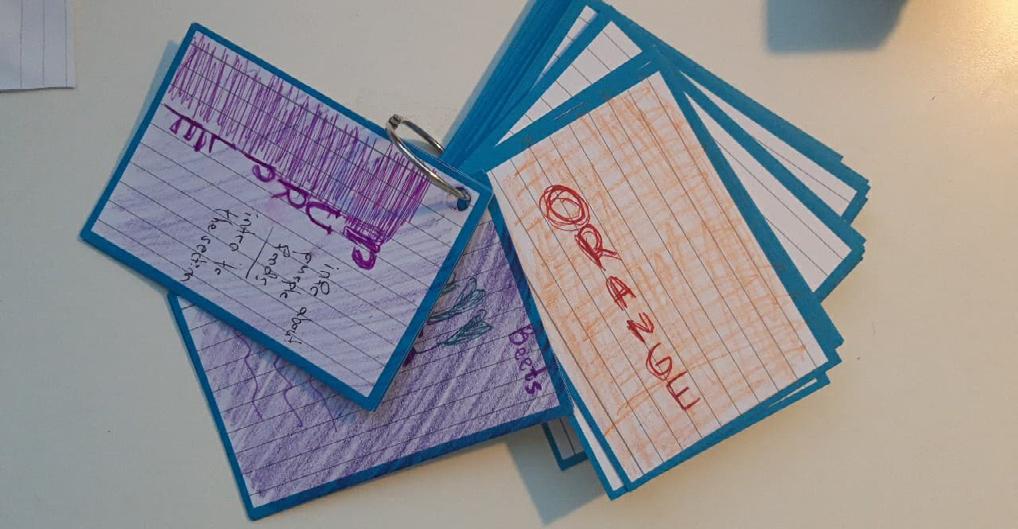
FINAL CONCEPT
A flip cards game-like deck, which features different plant-based colourful foods. Each card will have a different tint and gradually the feck will make the whole food rainbow. Each card has a nice image of the food in an art style, the name of the food and a question. At the back, there is the answer to the question and more extra information about the food. The questions can be explored as a game with friends or like inspiration flip-cards with people on their own.
DESIGNING
As I have decided on my specific concept it was time to decide on a design style and start making the cards. I needed to consider how to show different colour
tints but keep the consistency of each group and card. Also, how to give information without saying too much.
PICKING AN ARTSYLE
ART INSPIATION
I was inpired by different art styles and was not sure what exactly style I wanted to work with. I was most doubtful between colourful vector images and digital painted graphics.




PROTOTYPE
PICKING AN ARTSYLE

When I decided between two art styles
I made simple prototypes with example card to see what looks better with my concept.
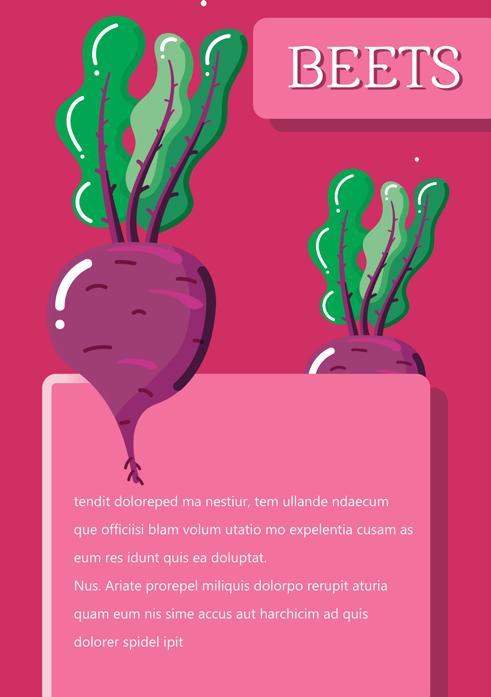
TESTING
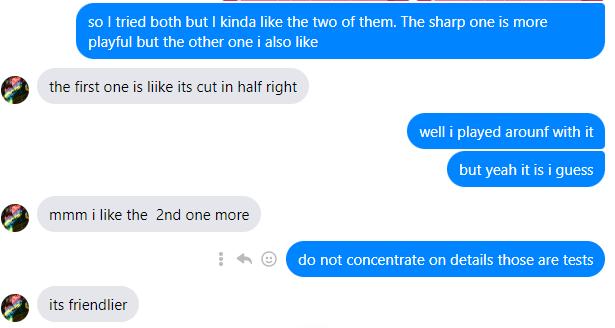
I tested this prototype with my classmates, and based on their opinions the vector art style seemed more cheerful and friendly. That meant that it was suiting my purpose better. Testing with my class mates and friends helped me a lot, so I did it a few more times, when I was in a dilemma about my designs.
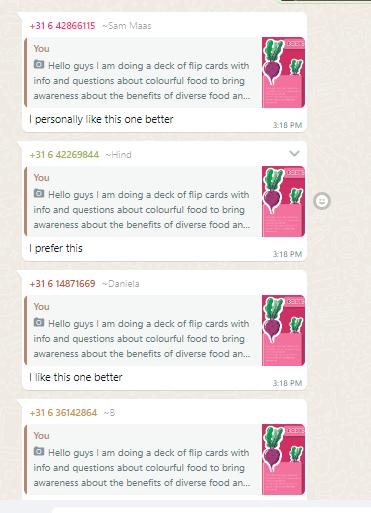
PROTOTYPE
DESIGNING THE VECTOR ART
The vector art consistet of an image about each vegetable or fruit for the front and a coloured variant of that image for the back. Some examples are on the back.
I did similar for the cards that are going to be at the front of a category.
front back
FRONT CARD
DESIGNING THE CARDS


Each cards has a front. I iterated quite a few times before I find the good dsign that will look clean but also remind of the colour decks (with different tints). On the right I have shown the final version with two front cards of different tints.


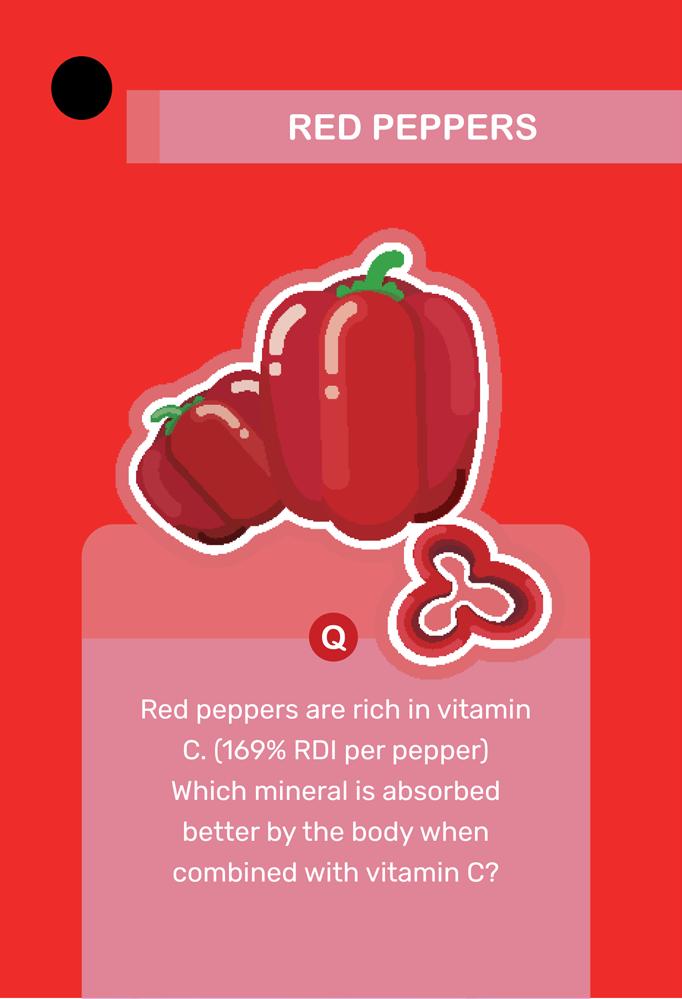
BACK CARDS
DESIGNING THE CARDS


The biggest challenge about the back cards was to choose such a pallete that it is visible and readable at every shade of the background colour. Example with red is given for a few tints and how they work together. On the right I have given example of front and back card next to each other. I have also put the colour tints for each background of the group to the very right.


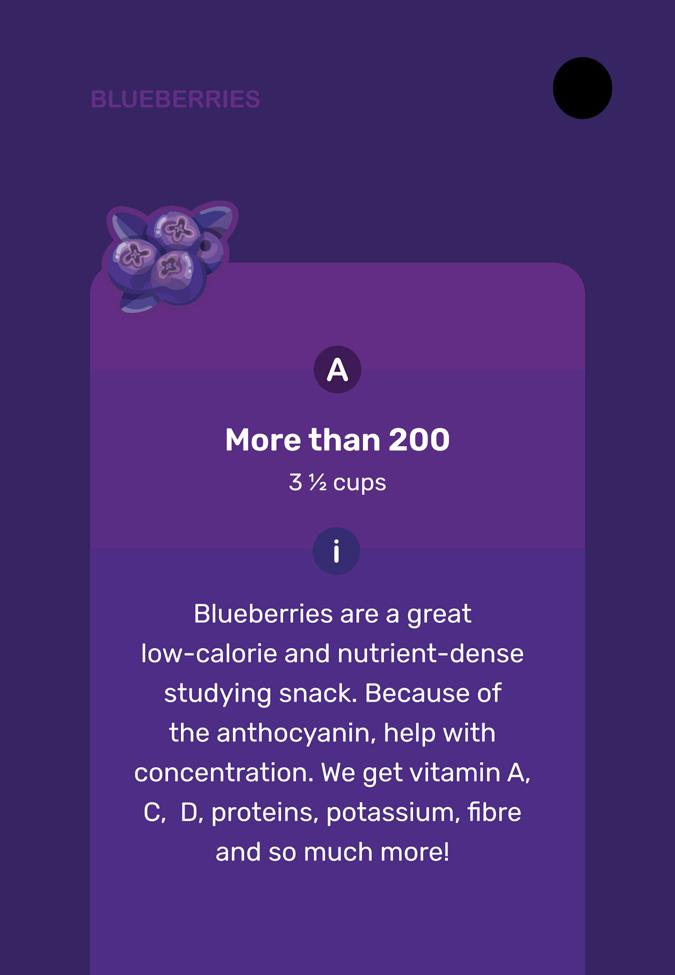

DESIGNING THE CARDS



CATEGORY START CARD
Each category has a starting cards which explains what gives the pigment of that colour and for what is the food good. I was using a transperent like person shade and only emphasizing on the organ that the food benefits so that it is memorable. I have shown iterations and final version for the red group.
RED L Y C O P E N E
RED
HEART & SKIN HEALTH
• The red pigment Lycopene is a powerful antioxidant that helps keep the heart healthy.
• Reduces the risk of cancer, especially prostate cancer.
• It can also prevent damage from pesticides on our bodies.
FINAL WORK
In the following chapter I am displaying all cards I made. A total of 30 cards was made for this deck (30 fronts and 30 backs) with real text based on my
research and vector art for each card. For the future the project can grow int a lot more foods, since my research showed I can do a lot more foods.
FINAL WORK
FRONT CARDS
The start of the deck begins with a card combining all included categories of the project: red, yellow/orange, green and purple (I did not have time to add white at this stage)
THE POWER OF FOOD
Plants have developed their own mechanisms to fight off insects, certain bacteria and viral infections. Their immune system is including compounds called phytochemicals. When we consume plant foods we absorb these phytonutrients which help protect us from chronic diseases.
FLIP CARDS
FINAL
WORK -
TOMATOES
STRAWBERRIES
WATERMELON
• The red pigment Lycopene is a powerful antioxidant that helps keep the heart healthy.
• Reduces the risk of cancer, especially prostate cancer.
• It can also prevent damage from pesticides on our bodies.
is known that cooked tomatoes have more lycopene. However, raw tomatoes have other benefits, so it is best to consume them both ways.
RED PEPPERS
CHERRIES
CRANBERRIES
RED BEANS
Red peppers are rich in vitamin C. (169% RDI per pepper) Which mineral is absorbed better by the body when combined with vitamin C?
RED PEPPERS
Q Iron
Q
In which cuisine red beans are used for desserts?
A
Iron plays a huge role in the transporting of oxygen around the body. We only get iron from food.
Combining iron-reach foods like spinach with vitamin C-reach foods betters the absorption.
Many growers use a mechanical shaker to harvest cherries. It grips the tree and rattles it hard enough to loosen the fruit, which falls onto a giant tarp.
Back in the day, cranberries were used as food and medicine. Native Americans would combine cranberries, fat and ground venison to make a survival cake known as pemmican. Yummy, cake.
Asian countries use beans in their desserts, which is a great way to add some protein to the sweet treat. Examples are bean soup, mochi filled with beans and others.
STRONG EYES & IMMUNITY
FINAL WORK - YELLOW/ORAGE
ORANGE & YELLOW
-
A R O T
LEMONS
SUNGOLD KIWI
• The orange/yellow pigment Betacarotene gets converted to vitamin A in the body which benefits eye health.
• The vitamin C content in them boosts the immunity.
Q It has hairless skin A SUNGOLD KIWI i
Why can golden kiwifruit be eaten with the skin?
Q
Popcorn is a type of corn. What defines if popcorn is healthy or unhealthy?
Q
Why eating pineapple makes the tongue sting?
Sungold kiwifruit have smooth, hairless skin, they’re okay to eat. The skin contains fibre which makes it beneficial.
The preparation A CORN i
Popcorn is rich in fibre (13g for 100g) and low calories snacks. It can add to gut health. Airpopped popcorn is nutritious food. Microwave popcorn has additives which makes it is too high in fat and sodium. Make popcorn yourself!
A PINEAPPLE i
Bromelian enzymes
The irritation is caused by a combination of enzymes in pineapples called bromelian, which break down proteins and essentially attack your tongue, cheeks, and lips on contact.
ORANGES
CARROTS
PUMPKIN & SQUASH
SWEET POTATO
Q
How to choose a sweeter orange?
ORANGES
A
By the navel
i
Picking the oranges with larger navels (the middle bottom bit) means the orange will be sweet and juicy.
Q
Carrots are one of the highest Beta-carotene-rich vegetables. How does Beta-carotene help eye health?
CARROTS i
A
Moisturizes the eyes
Q
Colourful plant antioxidant-rich foods help prevent cell damage from free radicals. What are free radicals?
PUMPKIN & SQUASH
Beta-carotene (turned into vitamin A) helps with eye health by keeping the surface of the eye, or the cornea, moist and healthy. Moist eyes could prevent vision loss. Night and peripheral vision can also be improved.
A
Unstable atoms
i
Free radicals are unstable atoms that can cause damage to parts of cells like proteins, DNA, etc. by stealing their electrons through a process called oxidation. Antioxidants neutralize free radicals by providing the extra electron needed to make the pair full.
How much vitamin A (% of DV, Daily Value ) do 200g of sweet potatoes provide?
SWEET POTATO i
Q 769%
A
One cup (200 grams) of baked orange sweet potato with skin provides more than seven times the amount of beta-carotene (which turns to vitamin A by the body) that the average adult needs per day.
KIWI
BEET
SPINACH
Kiwifruit grows on vines like grapes. Kiwi has twice the amount of nutrients — compared to apples (per 100 g). Kiwi is an excellent source of Vitamin E, fibre, potassium, folic acid, carotenoids, antioxidants and trace minerals.
PURPLE POTATO
EGGPLANT
BEETS
Q ` None
How much cholesterol does a cup of purple potatoes have?
A
Cholesterol is only found in animal products – meat, fish, poultry, dairy, and eggs. There is no cholesterol in plant-based foods – even in high-fat plant foods such as avocados, nuts and seeds.
Eggplants are high in polyphenols (natural plant chemicals). Which disease can be prevented or controlled with the help of polyphenols?
EGGPLANT i
Q Type 2 Diabetes
A
Polyphenols may help lower blood sugar levels, contributing to a lower risk of type 2 Diabetes. They lower the likelihood of blood sugar spikes after meals and help stimulate the secretion of insulin, keeping your blood sugar levels stable.
Beetroot juice is one of the richest dietary sources of antioxidants and naturally occurring nitrates. What are nitrates good for?
A
Q Good blood flow
Nitrates (not to be confused with nitrites!) are compounds which improve blood flow throughout the body—including the brain, heart, and muscles. Studies have shown that nitrate-rich foods can reduce blood pressure.
